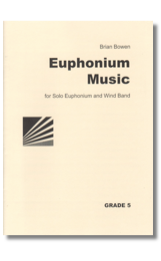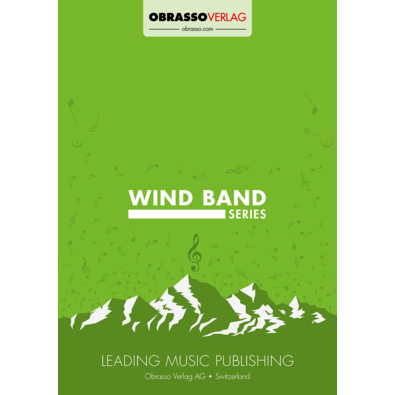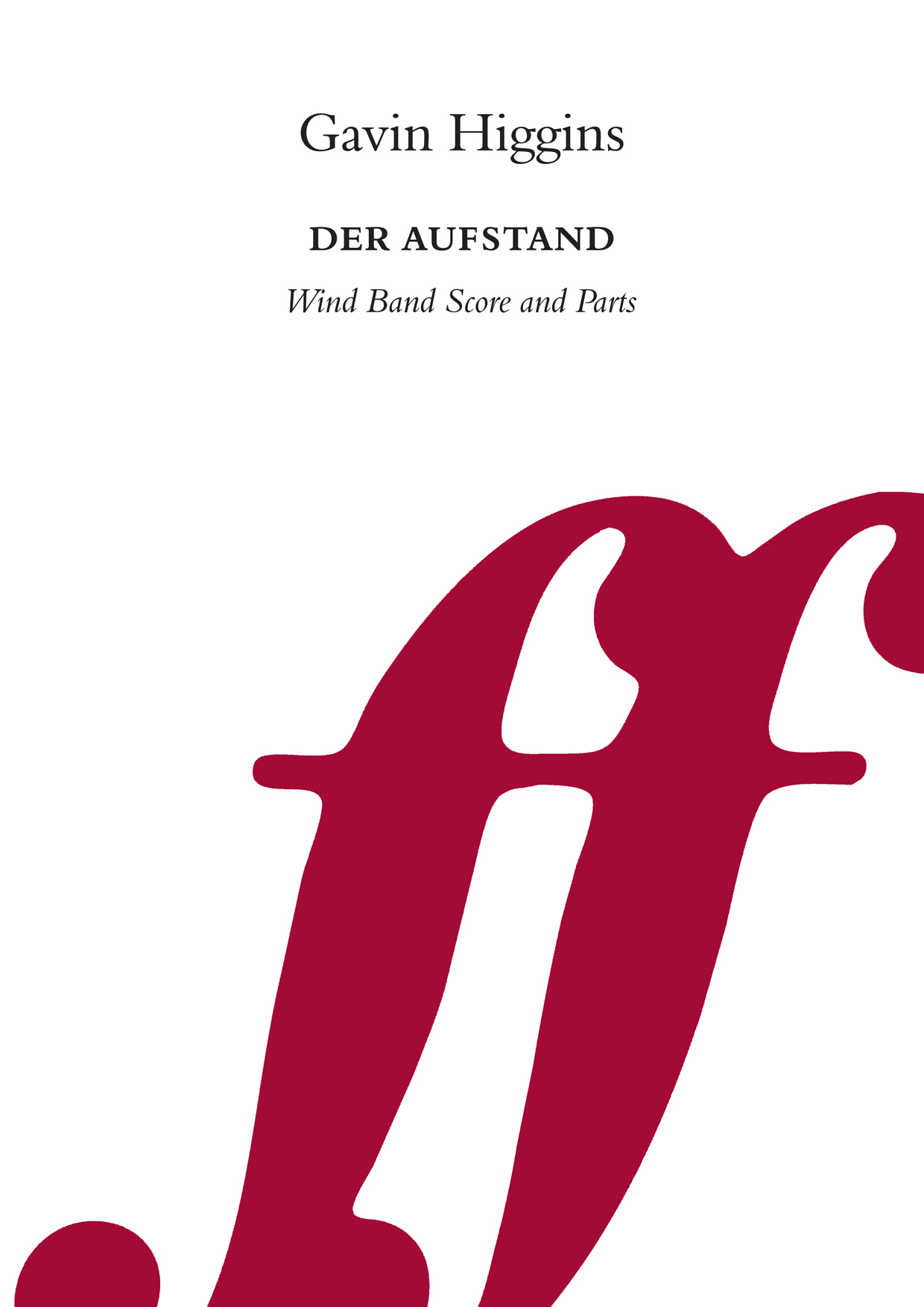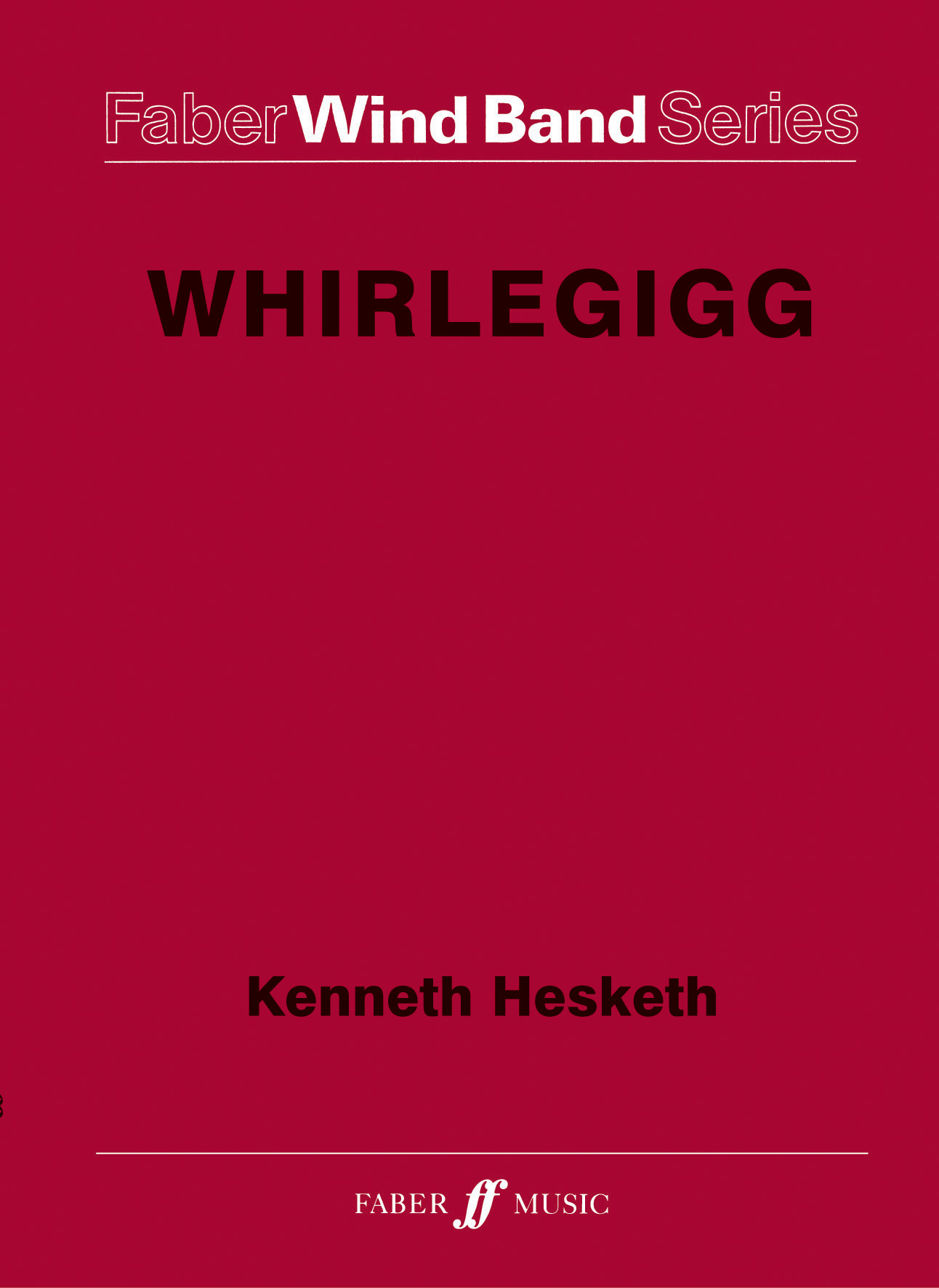Results
-
£14.95
Sonata for Clarinet No.2 in Eb - Score only - Johannes Brahms
This clarinet sonata was composed in 1894 for clarinetist Richard Mu?hlfeld. This was an interesting time in Brahms' life as he vowed he would retire from composing in 1890 but after he heard a performance of the Weber clarinet concerto No.1 and the Mozart clarinet quintet he so admired the soloist that he felt he should come out of retirement and compose 2 clarinet sonatas for him. These were completed in 1894 and first performed in a private concert in September of that year. These 2 sonatas were the last chamber pieces he composed before his death.
Estimated dispatch 7-14 working days
-
£75.00
Der Aufstand - Gavin Higgins
Der Aufstand (German for 'riot') is not a descriptive work, nor is it solely based on the riots of 2011. It does, however, draw on the idea of opposing forces and escalating anger. The work falls into two contrasting sections that are linked by a series of repeated, 'screaming' chords. A slow build drives the first section from a single pitch to a blazing orchestral tutti. The second section is a fast and wild series of fanfares and driving rhythms that ultimately cannot be sustained. In many ways this mirrors the first. Both sections open on single tones (Bb and E) and grow to a climax of brass and hammered chords. The first performance took place on the last day of the 2012 Olympic Games. Der Aufstand is a noisy antithesis to the celebratory fanfare.Wind Band Grade: 6 (Professional and elite student and 'national' bands)Duration: 10 minutes
In stock: Estimated delivery 1-3 days
-
£55.00
Whirlegigg - Kenneth Hesketh
Whirlegigg is the middle English word for a contraption that continuously spins. A great fascination with many inventors of the medieval period was to develop a perpetual motion machine constantly turning and giving off energy. This idea is particularly apt for this piece. A simple ternary structure gives ample opportunity for both boisterous and reflective material with gyrating accompanimental figures never far away. The machine almost stops near the end, but finally musters one last burst of excitement and energy to bring the work to its close.
In stock: Estimated delivery 1-3 days
-
 £90.00
£90.00Euphonium Music - Brian Bowen
Something of a classic in its brass band and piano versions! We are delighted, at last, to make this work available ith wind band accompaniment by the composer. Written in 1978, the work is constructed in three movements and is virtually a concerto for euphonium and band. The first movement begins with an unaccompanied motto theme, which uses all twelve notes of the scale but with a tonal feel. The slow second movement is based on an original song melody by the composer - 'The Eyes of God' - and affords lyrical and richly expressive playing that is typically euphonium. Movement three follows without a break - a capricious movement which ends triumphantly. Now available in versions for piano, brass band, wind band, and orchestra, Euphonium Music can be seen as a major contribution to the literature for the instrument. Duration: 15 minutes USA Grade 5 An orchestral version is available on hire.
Estimated dispatch 7-14 working days
-
 £93.10
£93.10 -
£46.00
Der Letzte Slawische Tanz - Juraj Filas
The Last Slavic Dance / La Dernire Danse Slave
Estimated dispatch 10-14 working days
-
£118.00
Einsamer Hirte - James Last - John Glenesk Mortimer
The Lonely Sheperd / Le Berger Solitaire
Estimated dispatch 10-14 working days
-
£118.00
-
£118.00
Morgens um Sieben - James Last - John Glenesk Mortimer
Estimated dispatch 10-14 working days
-
£123.00
The Spartan Warriors (CB) - Pimpanit Karoonyavanich
The Sparta army is well-known in the time of the ancient Greek that the warriors would never lay down their weapons for any reason. The theme from the beginning of the piece strongly declares that the warriors are always willing to fight for their homeland. The slow movement reflects the feeling of the warriors when they are far away from their loved one due to their duty. The composers intently uses the harmony that gives a hopeful feeling but also painful at the same time. The audience can hear the bell during the piece. It is the symbol of the clock towers which located in every cities. Everytime that the warriors leaves a city, the sound of the bell becomes softer and softer until it disappears. Only at the end of the piece that the bell rings only one last time after the majestical theme. It's the bell of victory!
Estimated dispatch 7-14 working days


